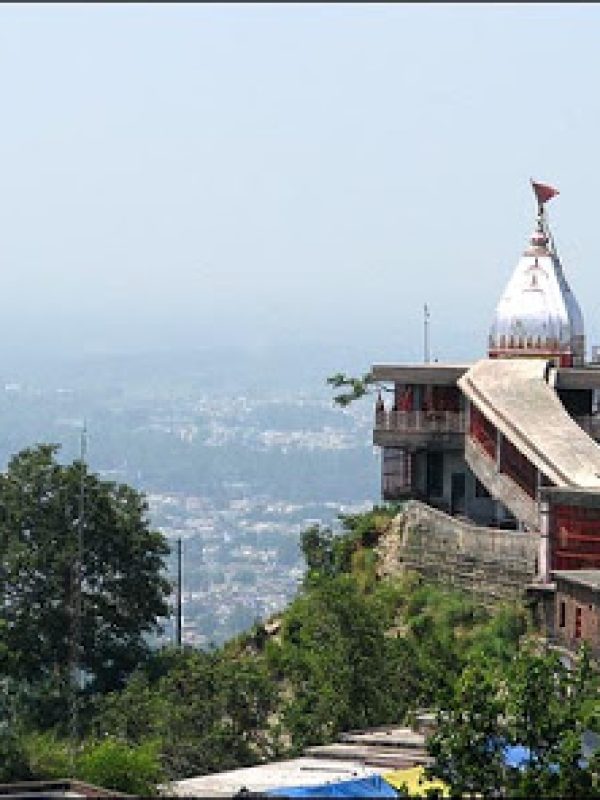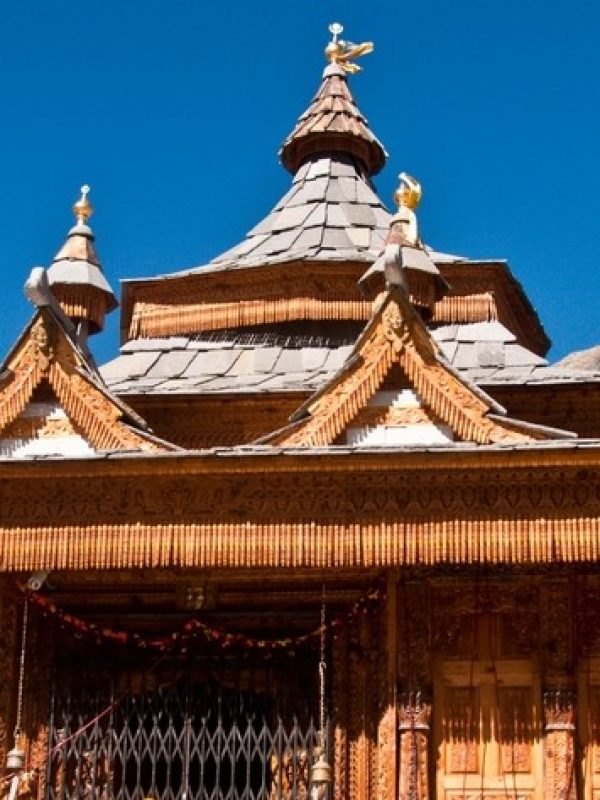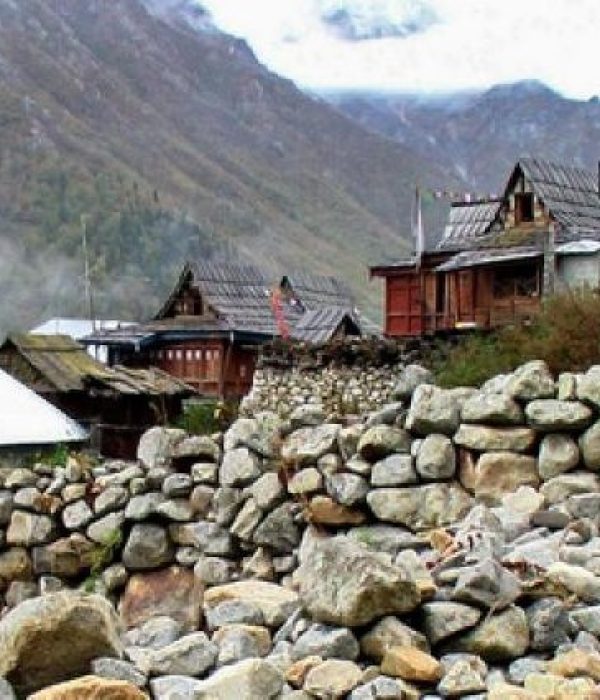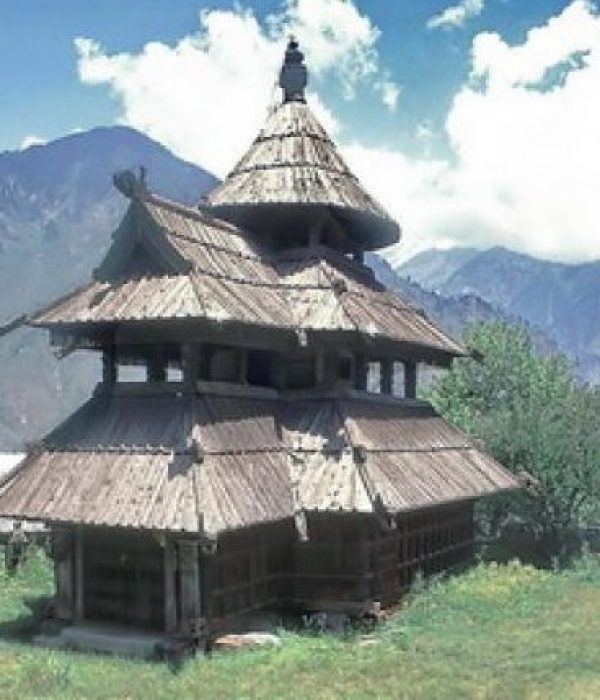Temples
Buddhism and Hinduism believe
Temples Of Kinnaur
PRACTICAL INFORMATION
Kinnaur GUIDE

Chandika Temple Kothi
An attractive temple devoted to the goddess Chandika, more especially specifically Shuwang Chandika has distributed the popularity of the town Kothi in the majority of the region. The natives keep the goddess in excellent respect and consider her to be one of the most highly effective goddesses. For want of the public to get in touch with the natives with their more innovative and brahmin-ridden rivals they have progressed their unusual process of habit and praise to this presiding deity. There is a picture of silver, sitting in an ark. It is danced up and down by four individuals at plenty of duration of praise.
Her tale goes that she was the little girl of the devil devta Banaasur who presided over the Kinnaur. He had 18 children. Chandika was the earliest among all. She presided over Sairag the center of Kinnaur. But developing her keep on the position was not so simple. The thakur of Chini decided Sairag with a aid of a highly effective devil. To beat this attacker, Chandika took the aid of a clever women comparative known as Byche. Byche tricked the devil into putting his lengthy locks between the crushing rocks of a h2o work. Then Chandika clipped on the hopeless massive and cut his go with her blade. But a new go instantly changed the old. Recurring swishes of her blade only introduced forth more beaming encounters. Disappointed and exhausting, Chandika was soon in risk of sinking in the sea of blood vessels designed by her activities. Forsaking her pleasure, she showed up to her bros for support. Chagaon Maheshwar reacted and informed her to destroy the lifestyle retaining beetle, hanging over the demon’s go. Chandika preserves her primary residence at Kothi in the center of Sairag.
Mathi Temples at Chitkul
Mathi is the regional goddess of the individuals of Chhitkul having three wats or temples the primary one said to have been designed about five centuries ago by a citizen of Garhwal. The rectangle ark of the goddess is created of maple timber and is protected with outfits and surmounted by a tuft of yak end. Two posts known as bayanga are placed into it through which it is taken. Her tale goes that she began from Brindavan and moving through Mathura and Badri Nath achieved Tibet. Subsequently she came to Garhwal, and via Sirmour achieved.
Sarhan in Bushahr and eventually achieved the Barua Khad. Beyond Barua Khad she discovered the position separated into seven areas. The deity of Shaung town was Narenas, her nephew. She hired him to secure the position.Then she began to Chasu town. There too she hired the Narenas of Chasu, her nephew as a secure. Then she frequented the Kamru citadel where her spouse Badri Nath, was a secure of the throne of Bushahr. She further went to Sangla where her other nephew, Barang Nag, was accountable for protecting the Rupin Ghati.
Thereafter she began to Batseri town, where Badri Nath of Batseri, her spouse was accountable for protecting a position known as Dhumthan. Thenceforward she reached Rakchham where Shanshares, yet another nephew was hired as a secure of Dhumthan. Lastly, she reached Chhitkul and resolved there completely supposing the overall liability of protecting the seven sections. After her appearance, individuals had a lot of meals, creatures had adequate lawn and the town began to appropriate. She had also a pujares. In the morning hours the pujares carry h2o from the encompassing springtime and praise goddess by losing incense, while musical show equipment are performed by Domangs.


Charang Temple
Just beyond Charang is a temple of the 11th millennium known as Rangrik Tungma complicated. The temple requires its name from the goddess Rangrik Tungma and her little steel picture, astride a equine is the earliest at the temple. In all possibility Rangrik Tungma must have been a pre-Buddhist deity, consumed into the pantheon of the later religious beliefs. Two other brown sculptures appear to be of significant value; a Maitreya sitting with feet necklace, in bhadrasana and a Buddha in bhumisparsha mudra.
The surfaces of the primary position are connected with clay-based idols, in the same design as the mandala in the dukhang at Tabo. The surfaces artwork below are old although the rim of lifestyle outside the entrance has been changed lately. There is also an exciting ton of cream color and bonehandled blades and daggers at the temple. Many hundreds of decades ago, it is said a thief group from across the Tibetan boundary raided the temple. The clay-based pictures of safety deities at the entry set up a fantastic disturbance, similar to the thundering hooves of galloping equine. The fantastic thieves droped their weaponry and took off, operating up position to disappear in the crevasses of the large snow loading down from the excellent hills above.
Maheshwar Temples at Sungra
he sites of Maheshwar temple of Sungra have fantastic timber sections on either aspect. greatly cut pictures of popular Hindu deities are a cure for the art historian. On the southern surfaces are sections illustrating the Vishnu Virtual representations of personnel and the icon of the Hindu astrology.
The friezes on the eaves are wonderful and the structures around the temple courtyard are in the same way ornamented.
A little rock shrine of the 8th millennium appears ten or twenty yards from the temple entry, proof that the Sungra Maheshwar was once said to have been assaulted by an attacker of superhuman durability, often connected to the Pandava idol, Bhima. Bhima threw a large boulder at the temple from the piles across the Satluj. The Maheshwar deflected the rocket to one aspect. It now can be found near to the street, a brief way from the temple and still housing the downhill blossoms discovered only in the excellent hills.
